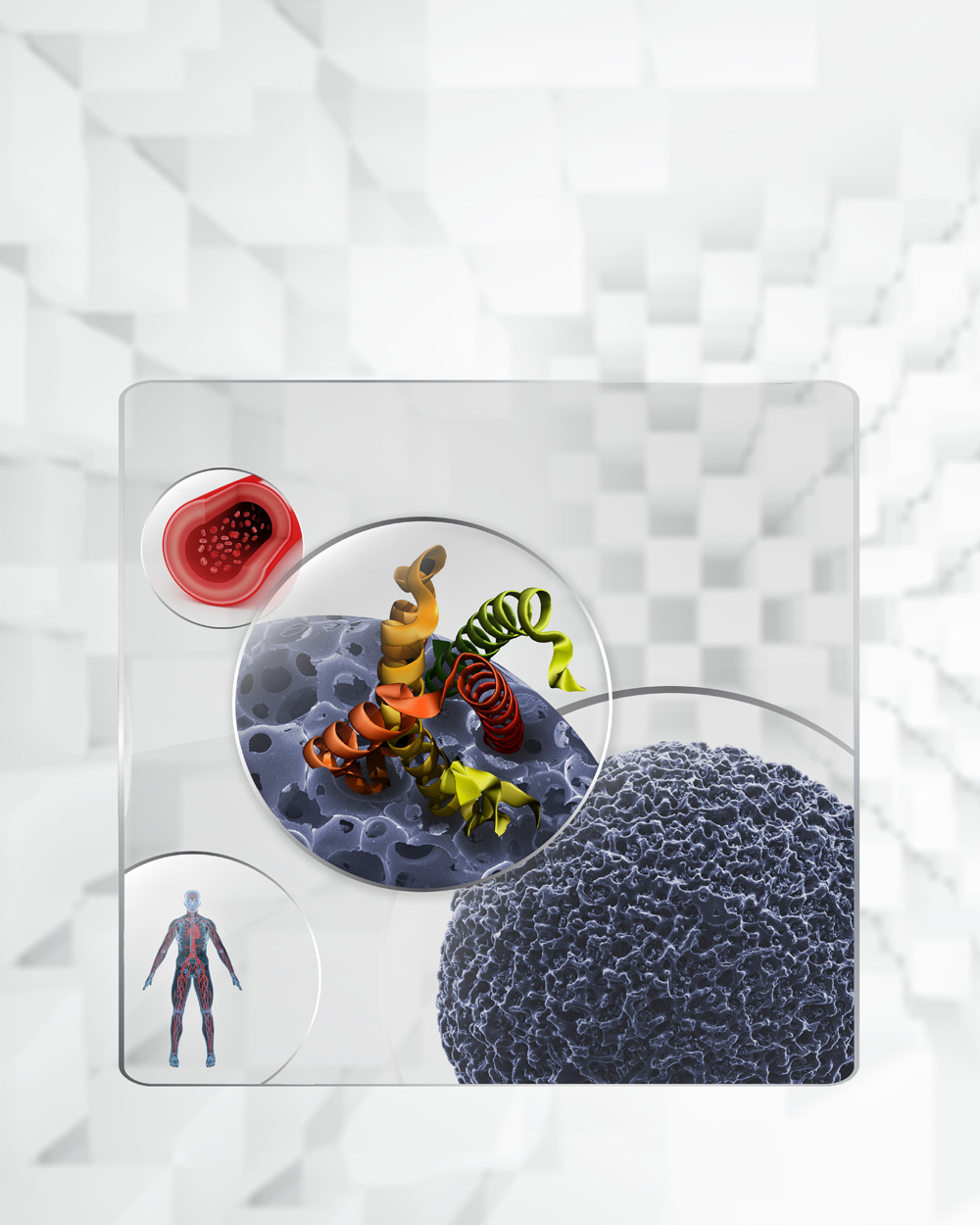Nanoporous Carbon Materials Raise Chances of Surviving Sepsis

This Research in Action article was provided to LiveScience in partnership with the National Science Foundation.
With an overall mortality rate of 40-60 percent, severe sepsis and septic shock represent major threats to people today. In fact they are among the leading causes of acute renal failure and death in intensive care units. (In sepsis, the body responds to infection with extreme inflammation; the condition is sometimes called “blood poisoning.”)
Cytokines are small protein molecules, only a few nanometers in size, which are known to be released in excessive amounts as sepsis progresses. We know that nonspecific extracorporeal removal of cytokines (filtration similar to dialysis) is a useful approach that can save lives, providing time needed for antibiotics and other drugs to treat the inflammatory process that caused sepsis.
For highly efficient removal of cytokines from the blood, it is imperative to design the best possible filtration materials, and carbon materials are prime candidates for this task due to their compatibility with blood plasma. Only highly tunable nanoporous materials can be manipulated to match the pore size to the cytokine molecule size and to obtain optimized adsorption performance.
We recognized the excellent adsorption properties of mesoporous carbons that we derived from silicon carbide-based ceramics. Our international team of researchers and scientists, with support from the National Science Foundation, used heat and chemical treatments to transform these into pure carbon materials with pores on the scale of nanometers. Using ceramics produced from polymer precursors, we can manufacture carbon powder for cytokine adsorption or make monolithic filtration devices (e.g., tubes). We described these results in the cover article published in the November 2012 issue of Advanced Healthcare Materials.
In the image here, you see an artistic illustration of a carbide-derived nanoporous carbon and interleukin-6, which is both a pro- and anti-inflammatory cytokine.
The broader goal of the NSF project was to develop novel materials for protein sorption and to improve the understanding of protein sorption mechanism. This research is being carried out in collaboration with the groups of Prof. S. Mikhalovsky, University of Brighton in the United Kingdom and Prov. P. Colombo, Padova University in Italy.
Get the world’s most fascinating discoveries delivered straight to your inbox.
Editor's Note: Any opinions, findings, and conclusions or recommendations expressed in this material are those of the author and do not necessarily reflect the views of the National Science Foundation. See the Research in Action archive.
 Live Science Plus
Live Science Plus






